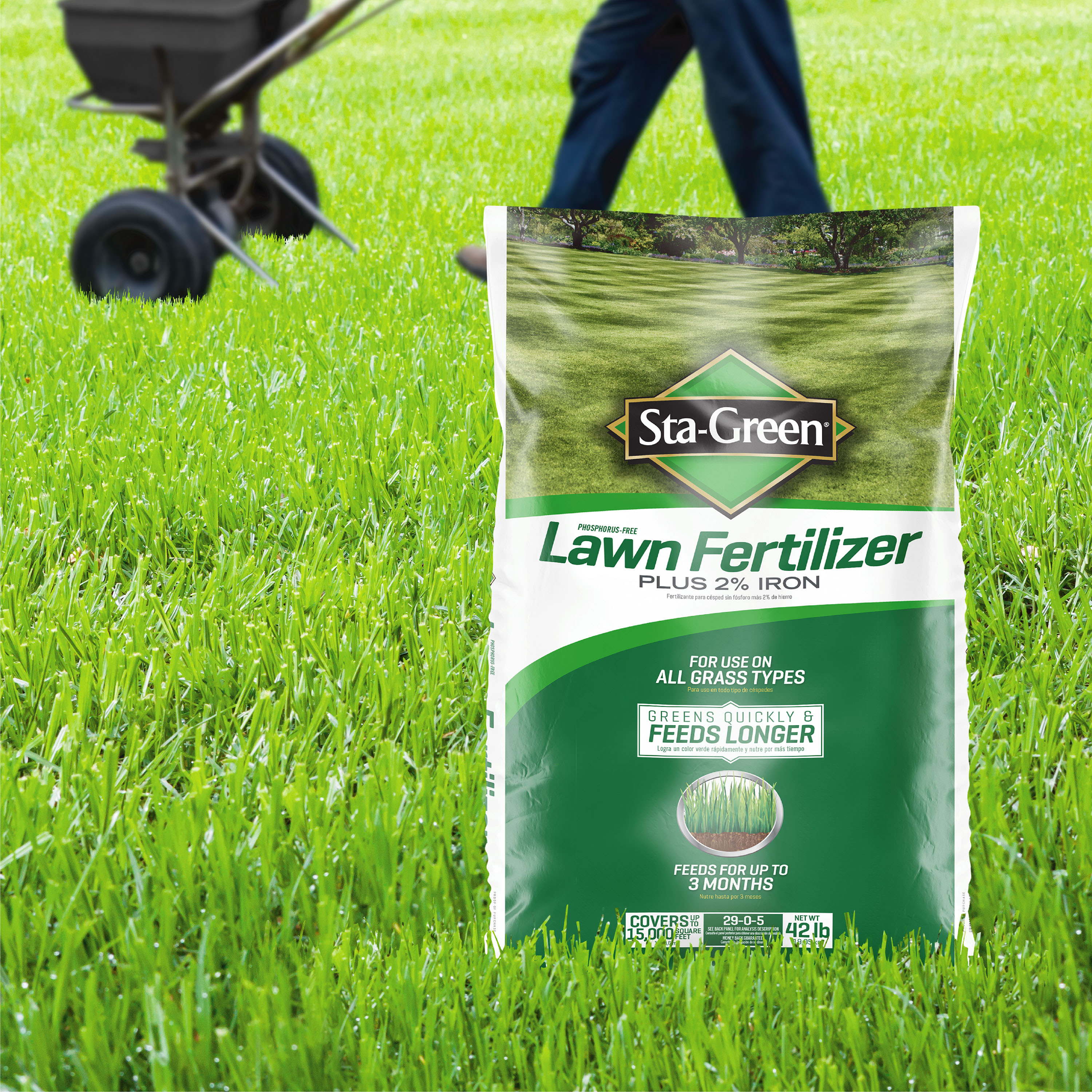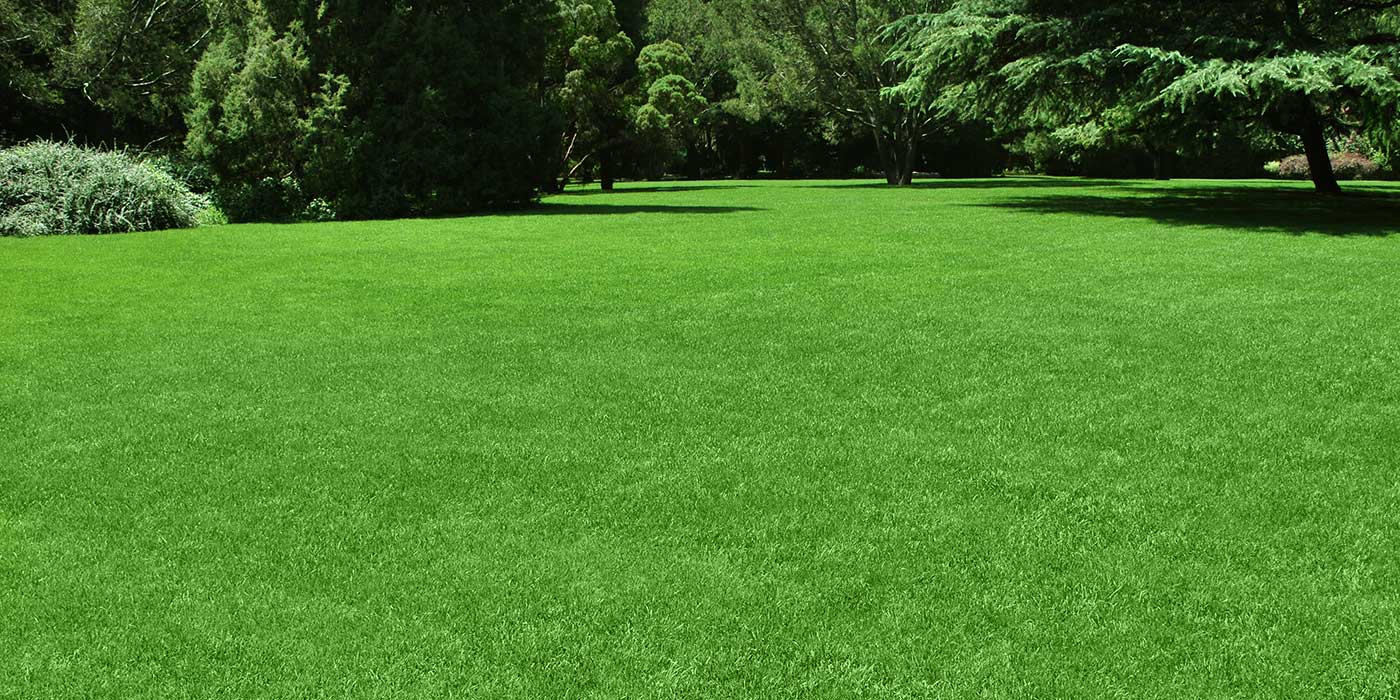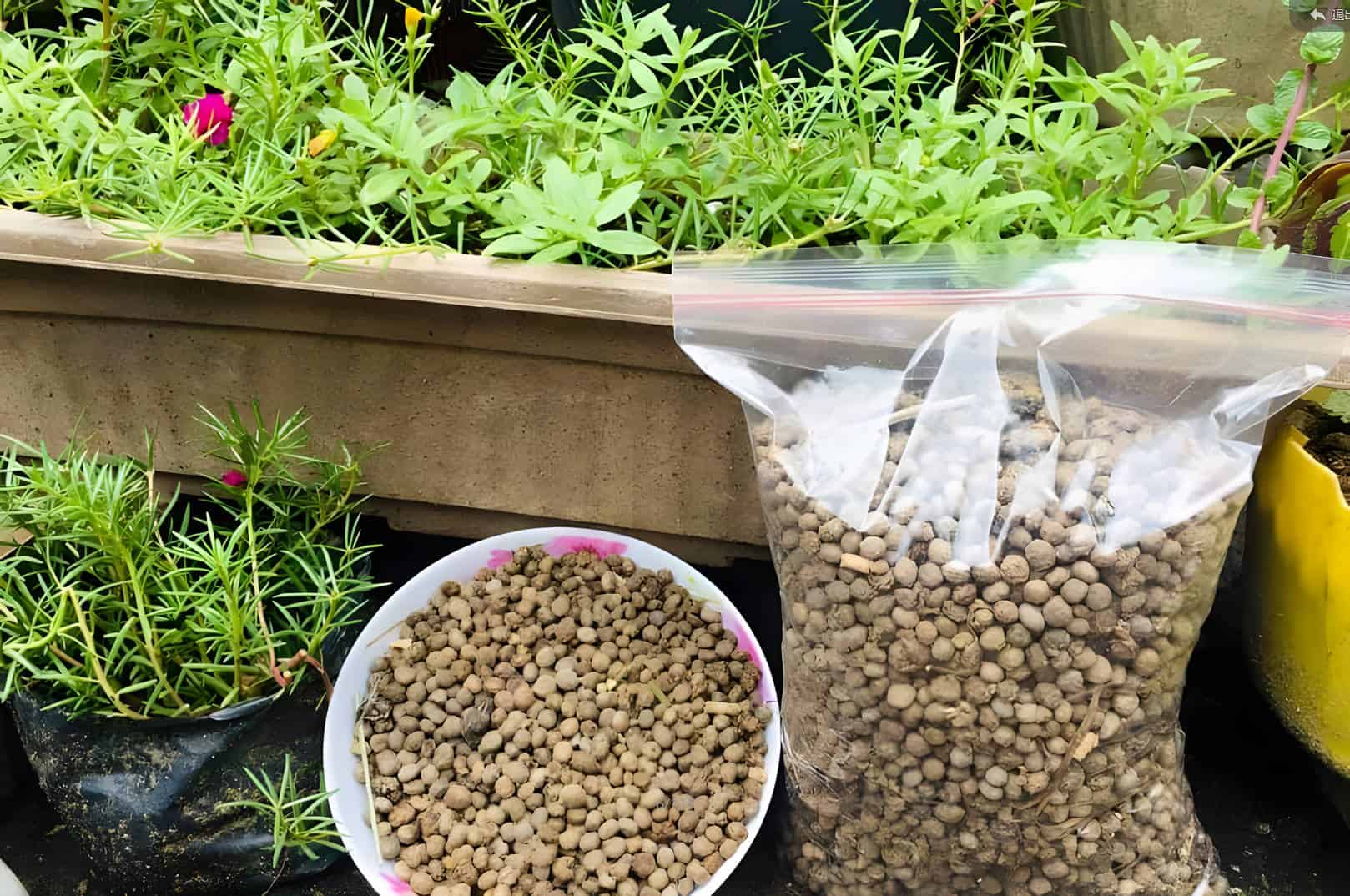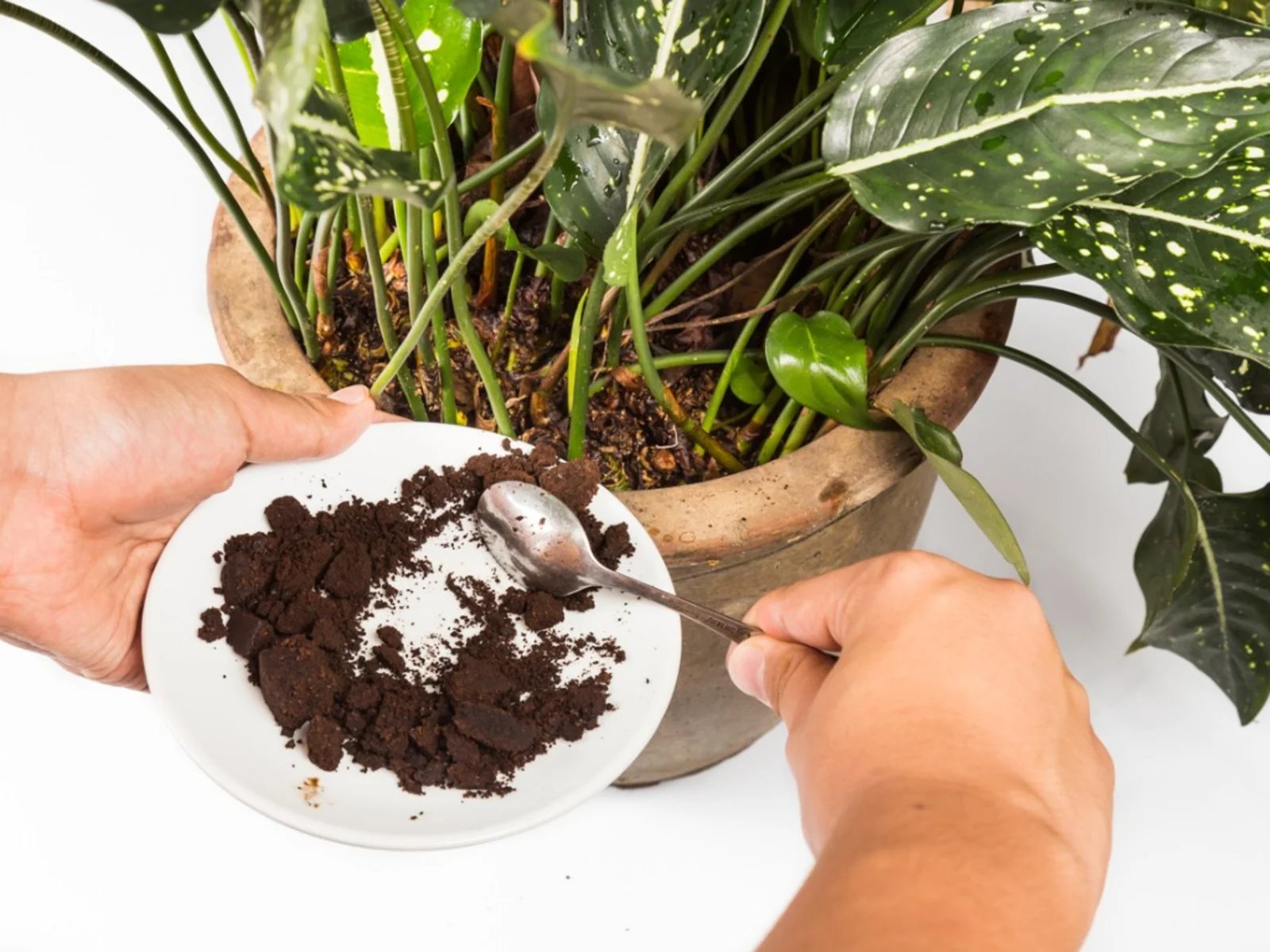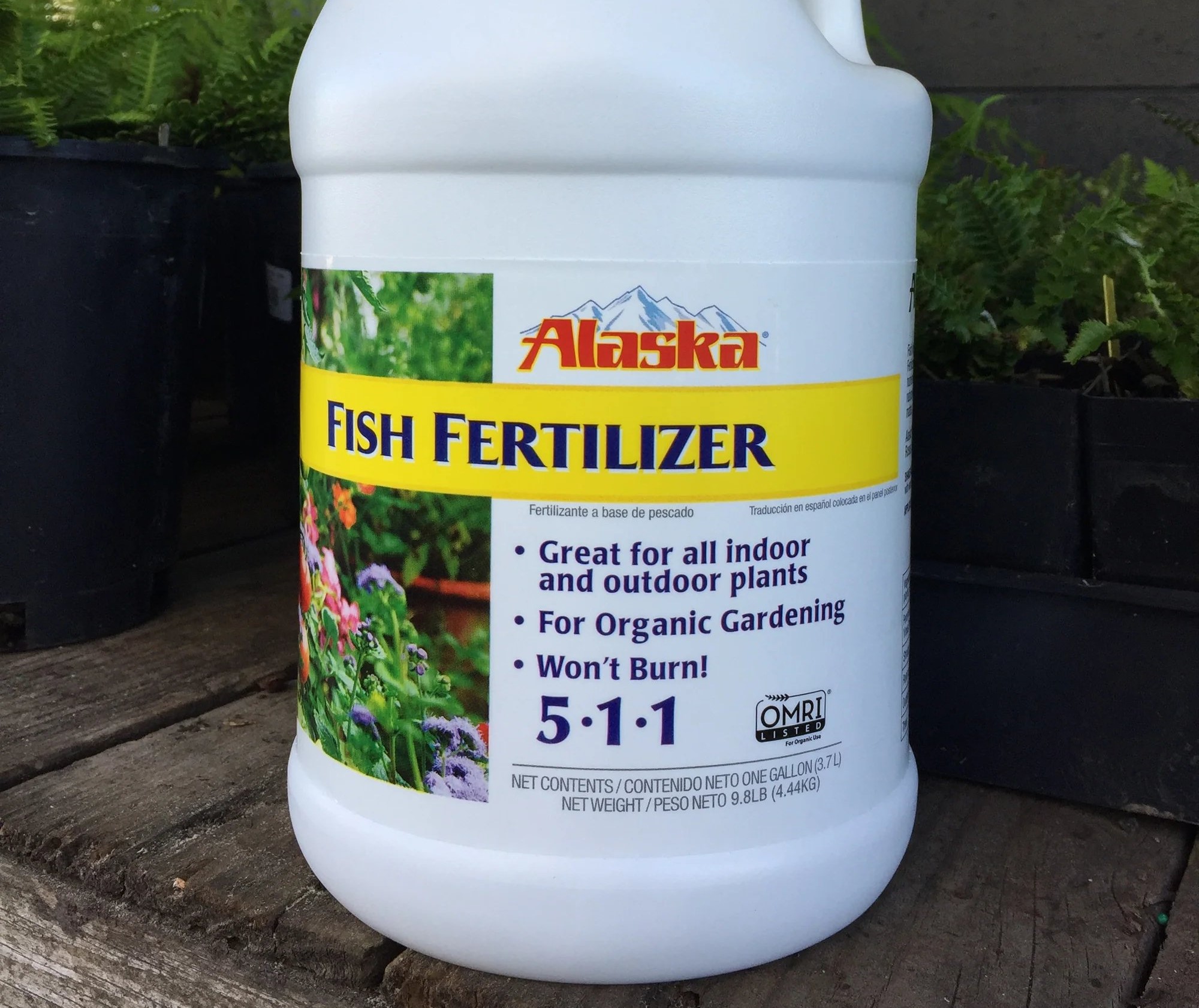Home>Gardening Tips and Tricks>Eco-Friendly Gardening>How To Use Grass Fertilizer


Eco-Friendly Gardening
How To Use Grass Fertilizer
Modified: January 22, 2024
Discover the benefits of eco-friendly gardening and learn how to use grass fertilizer effectively to maintain a healthy and lush lawn.
(Many of the links in this article redirect to a specific reviewed product. Your purchase of these products through affiliate links helps to generate commission for Chicagolandgardening.com, at no extra cost. Learn more)
Table of Contents
Introduction
Welcome to the world of eco-friendly gardening! If you’re a gardening enthusiast, you likely understand the importance of maintaining a healthy and vibrant lawn. One of the most effective ways to achieve this is by using grass fertilizer. Not only does it provide essential nutrients to the grass, but it also promotes root growth, improves overall health, and enhances the appearance of your lawn.
In today’s eco-conscious world, it’s essential to opt for environmentally-friendly practices, even in our gardening routines. By choosing eco-friendly grass fertilizers, you not only support the well-being of your lawn but also contribute to the sustainability of our planet.
In this article, we will explore the benefits of using grass fertilizer, guide you in choosing the right fertilizer for your lawn, and provide step-by-step instructions on how to apply it effectively. So, let’s dive in and discover the secrets to achieving a lush and healthy lawn using eco-friendly grass fertilizer.
Benefits of Using Grass Fertilizer
Using grass fertilizer brings numerous advantages and is essential for maintaining a healthy and thriving lawn. Let’s explore some of the key benefits:
- Promotes Growth: Grass fertilizer contains essential nutrients like nitrogen, phosphorus, and potassium, which help stimulate healthy growth in your lawn. These nutrients encourage root development, leading to lush and vibrant grass.
- Enhances Color: Fertilizers rich in iron and other micronutrients help intensify the green color of your grass, making it visually appealing and enhancing the overall aesthetic of your lawn.
- Strengthens Resistance to Disease and Pests: Well-fed grass is more resilient against diseases, weeds, and pests. Grass fertilizer ensures that your lawn has the necessary nutrients to combat these potential issues.
- Improves Soil Quality: Fertilizer not only nourishes the grass but also contributes to improving the soil quality. It adds organic matter, enhances soil structure, and increases its water-holding capacity, leading to healthier roots and better nutrient absorption.
- Supports Environmental Sustainability: Opting for eco-friendly grass fertilizers not only benefits your lawn but also reduces the negative impact on the environment. Environmentally-friendly fertilizers minimize the use of chemicals, preventing water contamination and promoting ecological balance.
With these benefits in mind, using grass fertilizer becomes a crucial aspect of lawn care. It ensures that your grass receives the necessary nutrients for optimal growth, health, and longevity.
Choosing the Right Grass Fertilizer
When it comes to choosing the right grass fertilizer, several factors need to be considered to ensure the best results for your lawn. Here are some important elements to keep in mind:
- Know Your Grass Type: Different grass species have varying nutrient requirements. Identify the type of grass in your lawn to determine the specific fertilizer formulas that best suit its needs.
- Understand Nutrient Ratios: Fertilizers contain a combination of nitrogen (N), phosphorus (P), and potassium (K), represented as N-P-K ratios on the packaging. Assess your lawn’s requirements and choose a fertilizer with the appropriate ratio. For example, a higher nitrogen content promotes leaf growth, while higher phosphorus levels encourage root development.
- Consider Slow-Release Formulas: Slow-release fertilizers gradually release nutrients over time, providing a consistent and balanced supply. They are beneficial for sustained growth and minimize the risk of nutrient burn.
- Eco-Friendly Options: Look for organic or natural fertilizers that minimize the use of harmful chemicals. These options are not only safer for the environment but also promote long-term soil health.
- Check for Soil pH Compatibility: Some fertilizers are specifically formulated for certain pH levels. Test your soil’s pH and choose a fertilizer that is compatible with your soil type. Acidic soils may require a fertilizer with added lime, while alkaline soils benefit from sulfur-containing fertilizers.
- Consider Supplemental Nutrients: Depending on your lawn’s needs, you may need additional nutrients like iron, calcium, or magnesium. Identify any deficiencies or potential issues and choose a fertilizer with those supplemental nutrients.
Taking the time to select the right grass fertilizer ensures that your lawn receives the targeted nutrients for optimal growth and health. Consider the specific needs of your grass, as well as your environmental preferences, to make an informed choice.
Preparing the Lawn for Fertilization
Before applying grass fertilizer, it is important to properly prepare your lawn. This preparation ensures that the nutrients will be effectively absorbed by the grass, maximizing the benefits of fertilization. Here’s a step-by-step guide to getting your lawn ready:
- Clean the Lawn: Remove any debris, such as leaves, branches, or rocks, from the lawn surface. This allows the fertilizer to make direct contact with the grass.
- Mow the Lawn: Before fertilization, give your lawn a good mowing. Trim the grass to an optimal height of about 2-3 inches. This helps the fertilizer reach the soil and grass roots more efficiently.
- Aerate the Soil: If your lawn has compacted soil or poor drainage, consider aerating it before fertilizing. Aeration involves creating small holes in the soil, allowing air, water, and fertilizer to reach the grassroots easily.
- Test the Soil: Conduct a soil test to determine its nutrient composition and pH levels. A soil test helps you identify any deficiencies and adjust the fertilizer application accordingly.
- Remove Weeds: Before fertilizing, remove any weeds that may be present in your lawn. This prevents the nutrients from being wasted on unwanted plants and ensures that the grass receives all the benefits of the fertilizer.
By following these steps, you create an ideal environment for the grass fertilizer to work effectively. Preparing the lawn ensures that the nutrients are easily accessible to the grass, leading to better absorption and improved overall lawn health.
Applying Grass Fertilizer
Now that you have prepared your lawn, it’s time to apply the grass fertilizer. Follow these steps for a successful application:
- Read and Follow Instructions: Carefully read the instructions provided on the fertilizer packaging. Follow the recommended application rates and guidelines to avoid over- or under-fertilization.
- Choose the Right Time: Fertilize your lawn during the appropriate season. For cool-season grasses, early spring and early fall are ideal, while warm-season grasses benefit from fertilization in late spring or early summer.
- Use Proper Equipment: Select the right equipment for applying the fertilizer. Spreader systems, such as broadcast or drop spreaders, ensure even distribution of the fertilizer across the lawn.
- Apply in a Systematic Pattern: Start by fertilizing the perimeter of the lawn, then move back and forth in a systematic pattern to cover the entire area. Avoid overlapping or missing spots to ensure uniform coverage.
- Follow Safety Measures: When applying the fertilizer, wear protective gloves and clothing and avoid contact with bare skin. If using a granular fertilizer, prevent inhalation by standing upwind during application.
- Clean Up Excess Fertilizer: If any fertilizer spills onto driveways, patios, or sidewalks, sweep it back onto the lawn to avoid runoff into water bodies. Rinse the spreader thoroughly after use to prevent any leftover fertilizer from corroding the equipment.
Remember, proper application of grass fertilizer is essential for optimal results. By following these steps and adhering to the instructions, you ensure that your lawn receives the right amount of nutrients for healthy growth and a vibrant appearance.
Watering and Maintenance after Fertilization
After applying grass fertilizer, it is important to take proper care of your lawn to maximize the benefits and ensure healthy growth. Here are some important watering and maintenance tips:
- Watering: Water the lawn immediately after fertilization. This helps the fertilizer soak into the soil and reach the grassroots. Give your lawn a deep watering, ensuring that the soil is moist to a depth of 6-8 inches.
- Frequency of Watering: After fertilization, continue to water your lawn regularly. Aim for deep, infrequent watering rather than shallow and frequent sessions. This encourages the roots to grow deeper and makes the grass more resilient.
- Mowing: Wait at least two days after fertilization before mowing your lawn. This allows the fertilizer to fully settle into the soil. When mowing, avoid cutting the grass too short, as this can stress the roots and hinder their growth.
- Weeding: Keep an eye out for weeds and promptly remove them, as they compete for nutrients with the grass. Regular weeding helps maintain the health and appearance of your lawn.
- Fertilizer Application Schedule: Follow a fertilization schedule based on the specific needs of your grass species. Over-fertilization can lead to nutrient runoff and environmental pollution, while under-fertilization may result in weak and unhealthy grass.
- Soil Testing: Periodically conduct soil tests to monitor the nutrient levels and pH balance. This allows you to make necessary adjustments in your fertilization routine and ensure that your lawn continues to receive the right nutrients.
By providing adequate watering and performing regular maintenance activities, you will nurture your lawn and support its healthy growth. Remember to tailor your care routine to the specific needs of your grass and the environmental conditions in your area.
Common Mistakes to Avoid
While fertilizing your lawn is beneficial, there are some common mistakes that you should avoid to ensure the best results. Here are a few key mistakes to be mindful of:
- Over-fertilization: Applying too much fertilizer can damage your lawn and even lead to nutrient runoff, causing harm to the environment. Always follow the recommended application rates and use caution when applying fertilizer.
- Under-fertilization: On the other hand, neglecting to fertilize your lawn can result in weak, thin grass. Be sure to provide your lawn with the necessary nutrients by following a proper fertilization schedule.
- Uneven Application: Failing to distribute the fertilizer evenly across your lawn can lead to patchy growth. Use a spreader or other suitable equipment to ensure uniform coverage and avoid concentration of fertilizer in specific areas.
- Fertilizing at the Wrong Time: Timing is crucial when it comes to fertilization. Applying fertilizer during periods of drought, extreme heat, or excessive rainfall can be ineffective or even harmful to your grass. Familiarize yourself with the appropriate season for fertilization based on your grass type.
- Not Testing the Soil: Neglecting to test your soil’s nutrient levels and pH can result in improper fertilization. Conducting regular soil tests allows you to tailor your fertilization routine to meet your lawn’s specific needs.
- Ignoring Environmental Factors: Consider the environmental factors that affect grass growth and adjust your fertilization accordingly. Factors such as shade, soil type, and foot traffic can influence your lawn’s nutrient requirements.
- Not Following Safety Measures: Fertilizers can contain chemicals that can be harmful to humans, pets, and the environment. Always wear protective gear when handling and applying fertilizer, and follow the instructions provided by the manufacturer.
Avoiding these common mistakes will help you achieve a healthy and thriving lawn. By being mindful of proper fertilization techniques and taking the necessary precautions, you can create an environment where your grass can flourish.
Conclusion
Using grass fertilizer is a crucial aspect of maintaining a healthy and beautiful lawn. By providing your grass with the essential nutrients it needs, you can promote healthy growth, vibrant color, and improved resistance against diseases and pests. Additionally, opting for eco-friendly grass fertilizers enables you to support the environment while achieving a lush lawn.
When choosing a grass fertilizer, consider the specific needs of your grass type, understand the nutrient ratios, and opt for slow-release or organic options for long-term sustainability. Properly preparing your lawn through cleaning, mowing, aerating, and soil testing is essential for achieving optimal results.
During the fertilizer application process, pay attention to the instructions, choose the right time, and ensure even distribution. Remember to follow safety measures and clean up any excess fertilizer to prevent environmental pollution.
Watering and maintaining your lawn after fertilization is equally important. Provide adequate water, follow a regular maintenance routine, and monitor the nutrient levels and pH balance of your soil to ensure the continued health and vigor of your grass.
Avoid common mistakes such as over-fertilization, uneven application, inappropriate timing, and neglecting soil testing. By being mindful of these mistakes, you can create an environment where your lawn can thrive.
Incorporating eco-friendly grass fertilization techniques into your gardening routine not only benefits your lawn but also helps promote a sustainable future. So, follow these guidelines, nurture your lawn, and enjoy the rewards of a lush and healthy eco-friendly garden.
